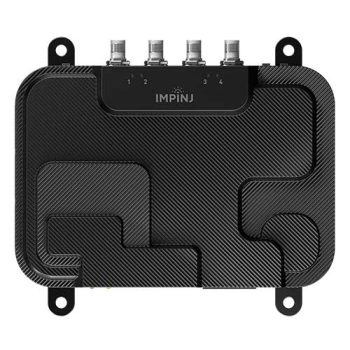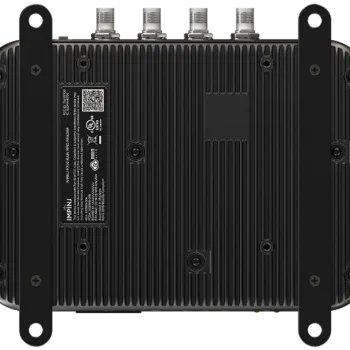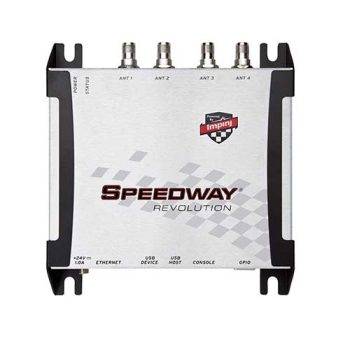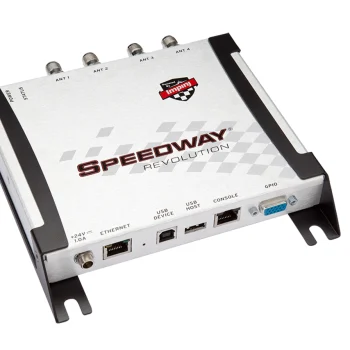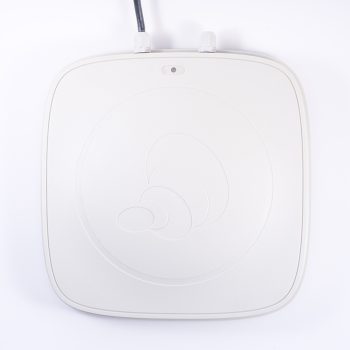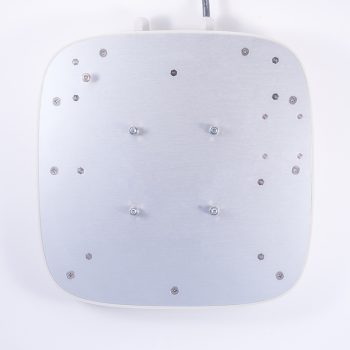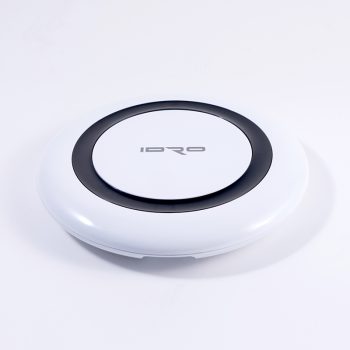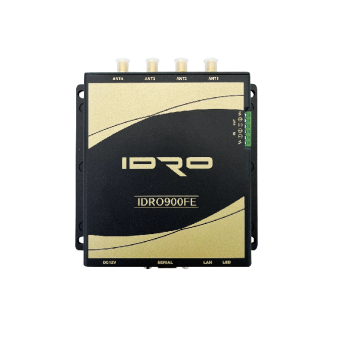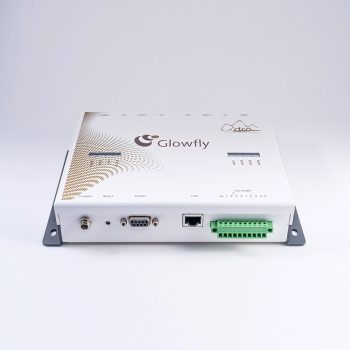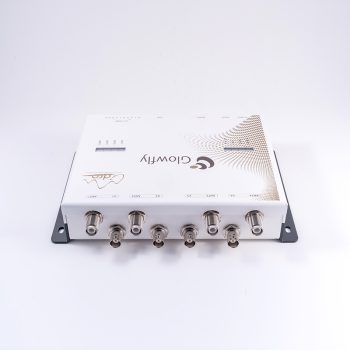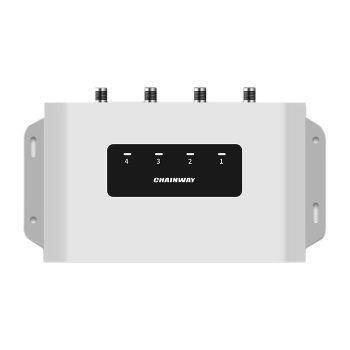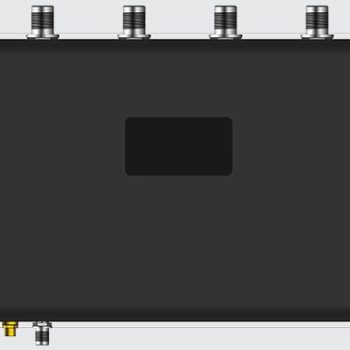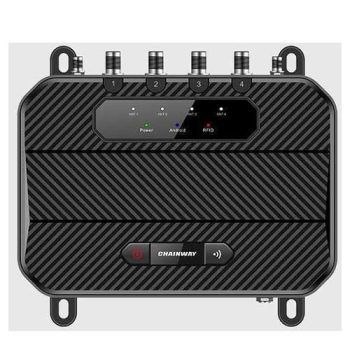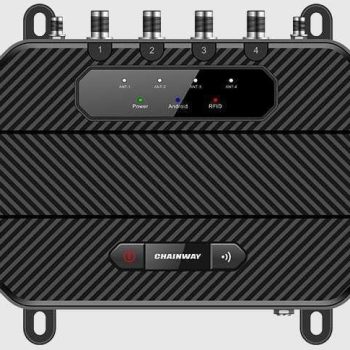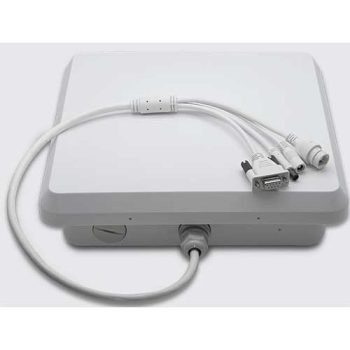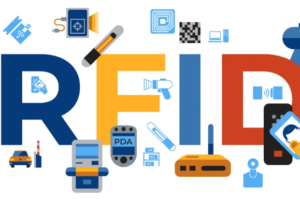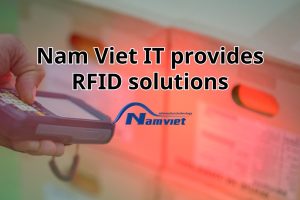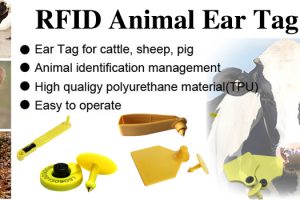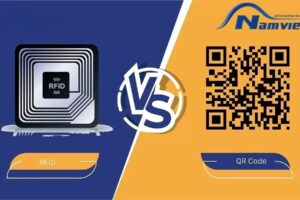NFC and RFID technologies are widely used in many areas of life. There are many similarities between the two technologies, but also some distinct differences. So what are those differences? Should you use RFID or NFC? … This article by IT Nam Viet will help you better understand these two technologies, thereby making the most appropriate choice.

What is RFID? Applications of RFID Technology
RFID stands for Radio Frequency Identification, a technology that uses radio waves to identify objects. RFID technology allows users to identify objects through a radio wave transmission and reception system, supporting fast, efficient, and accurate management. Currently, RFID solutions are widely applied in most fields, with typical examples including: RFID technology in libraries, RFID in warehouse management, RFID in supply chain management, RFID in Logistics, RFID in vehicle security, RFID in the fashion industry, and more.
To learn more about RFID and its applications, you can visit: “RFID Technology and Applications of RFID Systems in Life“
What is NFC? Applications of NFC Technology
The information below will help you better understand NFC technology and its typical applications in everyday life.
What is NFC?
NFC (Near-Field Communications), is a short-range wireless connectivity technology that uses magnetic field induction to connect mobile devices such as smartphones and tablets when they are in direct contact. Both the NFC tag and the powered device use the same radio frequency (13.56 MHz). Specifically, when two NFC devices touch, a connection is established almost instantly without any further configuration.
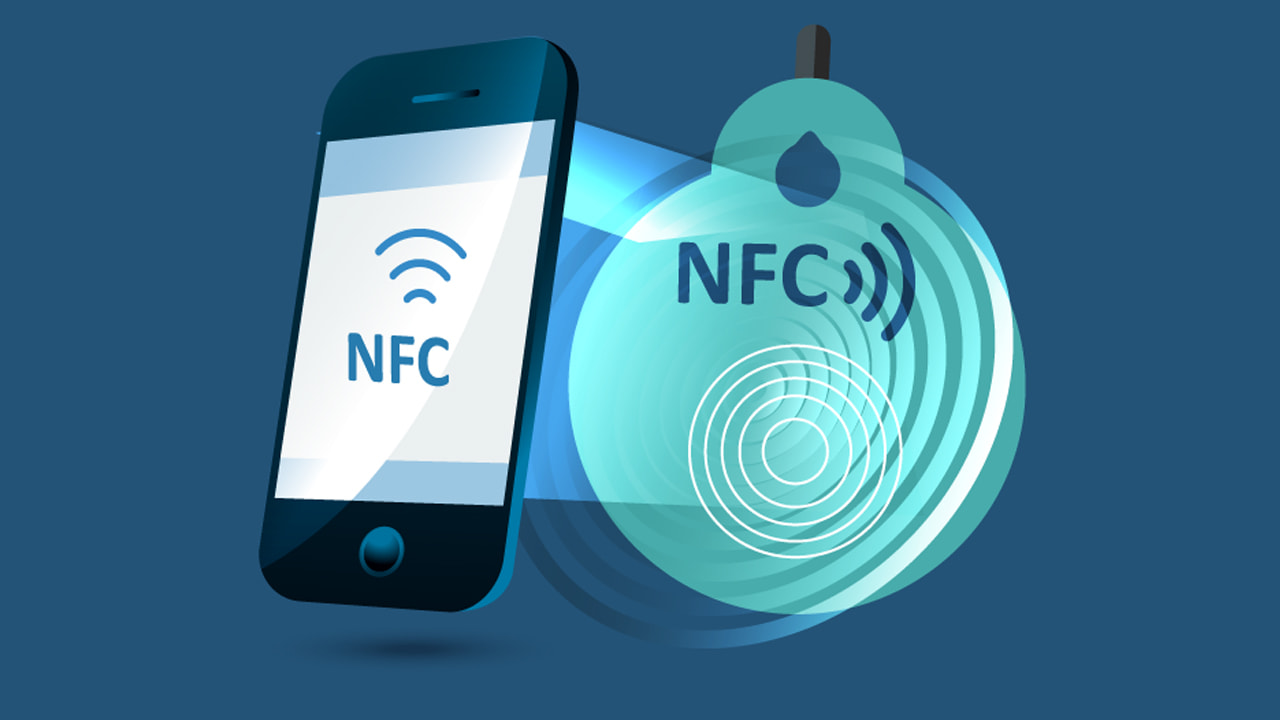
Applications of NFC Technology
NFC technology is now widely used in various fields. Some typical examples include:
- Mobile payments: While less common in Vietnam, this payment method is very popular in developed countries. After logging in and activating an account on your phone, it immediately becomes an “e-wallet.” You can then simply tap your phone on the payment terminal to complete the transaction, effectively optimizing your time.
- Data sharing: NFC technology enables fast data sharing, with the most typical example being NFC-based timekeeping.
- Connecting phones with other devices: Through NFC technology, your phone can be connected to other devices such as laptops, TVs, speakers, sound systems, and routers. With a simple operation of touching the two devices together, a connection is instantly established, allowing you to conveniently and quickly share images, music, and more.
- Automated tasks via NFC: By integrating NFC on your phone and on doors, the doors can be opened or closed quickly. This is considered an optimal solution to replace traditional keys and is applied in hotel rooms.

In addition, NFC solutions are also used to replace public transportation cards like bus passes and loyalty cards. Moreover, NFC is used for user authentication when logging into computers or sensitive applications via fingerprint scanning or PIN codes. NFC can also be utilized for marketing and advertising campaigns, allowing users to tap their smartphones to receive further product information or search for services.
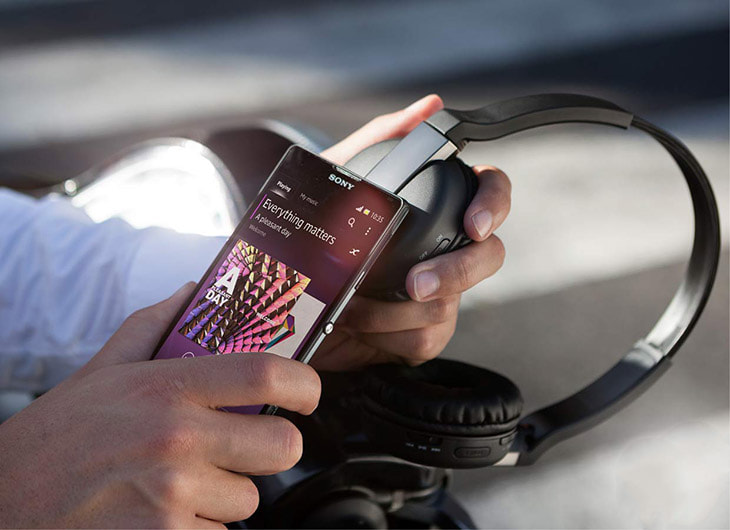
Limitations of NFC Solutions
Despite offering many practical benefits to users, NFC (Near Field Communication) technology also has certain limitations, specifically:
- NFC data transfer speeds are relatively slow, making this solution not really suitable for large files.
- NFC has a limited operating range, typically only about 4-10 cm.
- A connection can only be established if both devices support NFC technology.
Comparing NFC and RFID Technologies
As mentioned, NFC technology is essentially a branch developed from RFID. Both utilize radio waves to exchange information between a tag and a reader device. Both technologies are also widely applied in various fields for identification, tracking, and asset management, allowing data exchange without physical contact.

Tuy nhiên, giữa chúng có nhiều điểm khác biệt rõ rệt, cụ thể được thể hiện trong bảng so sánh dưới đây:
| Feature | RFID Technology | NFC Technology |
| Structure | RFID chip material is thicker than NFC with a protective outer layer | NFC chip is quite thin as it is integrated directly into mobile phones |
| Operating Range |
| Around 4cm (most phones) |
| Operating Frequency |
| 13.56 MHz |
| Data Transfer Speed | Fast, however, the farther the distance, the more significantly the transmission speed decreases. | Due to the short range, NFC data is sent quickly |
| Reading Device | Uses a dedicated RFID reader device. | Usually integrated into mobile devices; when two NFC-enabled devices are near each other, a connection is established. |
| Type of Tag Used | Includes Passive and Active RFID tags | Only Passive tags |
| Sampling | Sampling not available in Radio Frequency Identification | Sampling in Near Field Communication |
| Batch Scanning | Yes | No |
| Scanning Performance | Can read data on multiple tags simultaneously | Can only scan one NFC-enabled device at a time |
| Compatibility | Supports connection via Bluetooth, Wi-fi, GPS, LAN,… | Only with NFC-enabled devices |
| Applications | Asset tracking, inventory tracking, and access control | Bill payment and data sharing between two mobile devices |
| Cost | RFID cost is quite high, depending on the needs of each business | Lower investment cost (the cost of the reader lies with the customer’s phone) |
In general, both RFID and NFC chips are important wireless connection technologies in management, operation, and production. They share many similarities but have different ranges and applications. Understanding the distinct differences between these two technologies will help you make an informed evaluation and choose the one that best suits your needs.
Which is Right for You: NFC or RFID?

Choosing between NFC and RFID depends on your needs and intended use. When selecting the appropriate solution, consider the following key factors:
Reading distance: NFC operates only at 13.56 MHz, while RFID operates at various frequency bands, including low, high, and ultra-high frequencies. The higher the frequency, the greater the operating range. NFC operates at a short range, making it suitable for applications requiring high security and direct interaction, such as contactless payments and data exchange between two devices. RFID is suitable for applications like tracking, asset and inventory management, and access control.
Type of tagged object: In liquid environments, the system’s reading ability will be significantly reduced. Most RFID tags do not function when placed on metal surfaces. Therefore, if deploying an RFID system in a metal environment, you need to use metal-resistant tags.
Memory capacity: NFC has limited storage capacity, while RFID tags can store large amounts of information. Therefore, you need to consider this factor to choose the appropriate technology solution.
System implementation cost: The cost of implementing an RFID system is generally higher than NFC because NFC is often integrated into modern mobile devices.
By considering these fundamental factors, you can make an informed decision about which technology to choose.
IT Nam Viet – Your Trusted Provider of Professional RFID Solutions
IT Nam Viet is proud to be known as a leading provider of RFID solutions in Vietnam. We specialize in offering a wide variety of RFID tags and labels, RFID readers, barcode scanners, RFID printers, barcode printers, and more, all with guaranteed quality, authenticity, and the most competitive prices on the market.
Explore our diverse collection of RFID readers from various brands below:
With over 10 years of experience, IT Nam Viet has proudly partnered with hundreds of businesses, both large and small, across the country. We distribute only genuine products from reputable global brands, complete with all necessary documentation. At IT Nam Viet, you will receive expert advice and customized RFID solutions tailored to your specific needs and budget. We are committed to supporting our customers with dedicated 24/7 assistance, ensuring a responsive and responsible experience.
The information above provides a comparison of NFC and RFID technologies for your reference. If you need further assistance, please don’t hesitate to contact IT Nam Viet via our hotline at (+84) 962.888.179. We will be happy to answer all your questions promptly and effectively.
My name is Le Nam Viet, currently FOUNDER & CEO of Nam Viet IT Company, I graduated from Ho Chi Minh Polytechnic University. I have more than 3 years of experience providing RFID chip technology solutions, RFID scanners, barcode labels and barcode readers. It’s a pleasure to share my knowledge with readers.



 Tiếng Việt
Tiếng Việt




